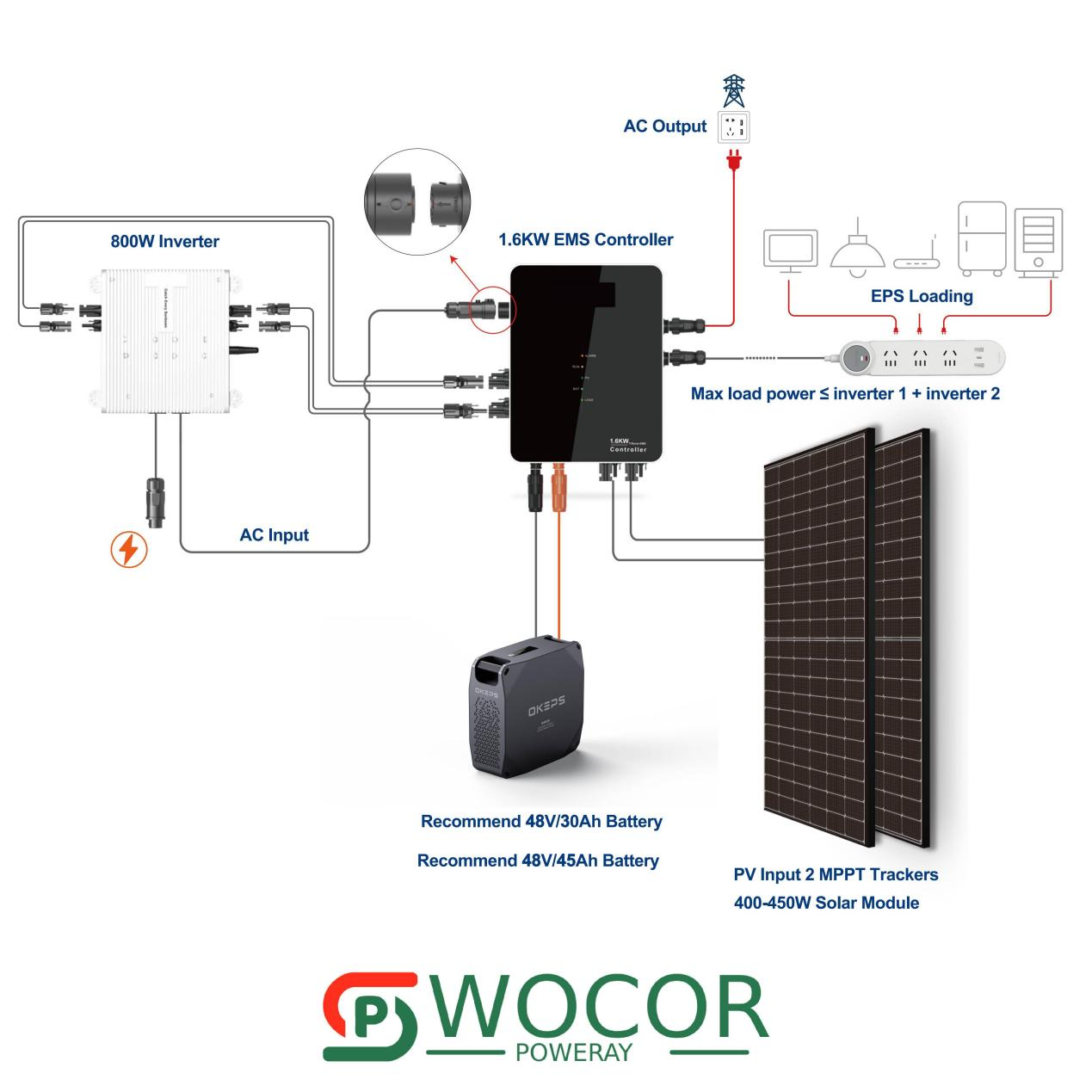As the heart of the photovoltaic system, how to evaluate the inverter from the technical performance
2023-10-18
Technical performance
There are many basic parameters and technical conditions that characterize the performance of the power inverter. The following is a brief explanation of the parameters commonly used in evaluation.
1. The rated output voltage is within the allowed fluctuation range of the specified input DC voltage. It indicates the rated voltage value that the power inverter should be able to output. The stable accuracy of the output rated voltage value generally has the following regulations: (1) During steady-state operation, the voltage fluctuation range should be limited, for example, its deviation does not exceed ±3% or ±5% of the rated value. (2) In the case of sudden load changes (rated load 0%→50%→100%) or dynamic conditions affected by other interference factors, the output voltage deviation should not exceed ±8% or ±10% of the rated value.
2. Output voltage imbalance Under normal operating conditions, the three-phase voltage imbalance (ratio of reverse sequence component to positive sequence component) output by the power inverter should not exceed a specified value, generally expressed in %, such as 5% or 8%.
3.Waveform distortion of the output voltage When the power inverter output voltage is sinusoidal, the maximum allowable waveform distortion (or harmonic content) should be specified. Usually expressed as the total waveform distortion of the output voltage, its value should not exceed 5% (10% is allowed for single-phase output).
4. Rated output frequency The frequency of the power inverter's output AC voltage should be a relatively stable value, usually the power frequency of 50Hz. The deviation should be within ±1% under normal working conditions.
5.The load power factor characterizes the ability of the power inverter with inductive load or capacitive load. In the sine wave condition, the load power factor is 0.7~0.9 (lag), and the rating is 0.9.
6.The rated output current (or rated output capacity) represents the rated output current of the power inverter within the specified load power factor range. Some inverter products give a rated output capacity, with units expressed in VA or kVA. The rated capacity of the inverter is the product of the rated output current when the output power factor is 1 (i. e. pure resistance load).
7.Rated output efficiency The efficiency of the power inverter is the ratio of the output power to the input power, expressed as%, under the specified operating conditions. The efficiency of the inverter at the rated output capacity is full load efficiency, and the efficiency at 10% of the rated output capacity is low load efficiency.
8.Protection
(1)Overvoltage protection: for the power inverter without voltage stability measures, there should be the output overvoltage protection measures to make the negative cut-off from the damage of the output overvoltage.
(2) Overcurrent protection: the overcurrent protection of the power inverter should be able to ensure that when the load is short circuit or the current exceeds the allowable value, so that it can avoid the damage of the surge current.
9.Starting characteristics characterize the ability of the power inverter with load starting and its performance during dynamic operation. The inverter shall ensure reliable start under rated load.
10.Noise Transformers, filter inductors, electromagnetic switches and fans and other components in power electronic equipment will produce noise. When the power inverter is running normally, the noise shall not exceed 80dB, and the noise of the small inverter shall not exceed 65dB.




